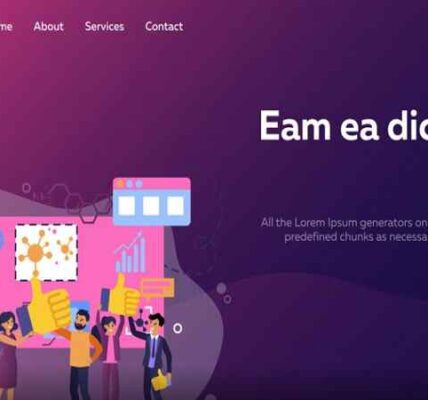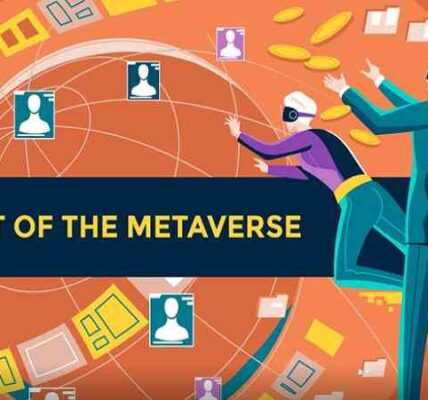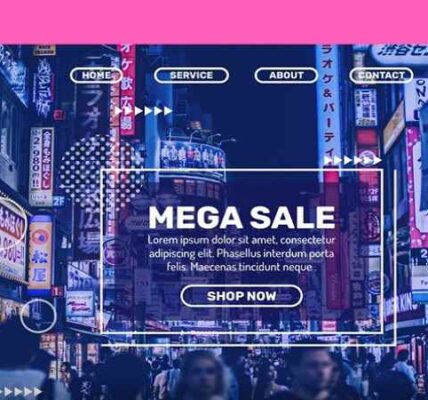Xendit Work Gamification Summit: A Deep Dive into Gamifying the Workplace
In this article, we’ll explore what gamification in the workplace is, why it’s important, and how organizations can leverage the key takeaways from the Xendit Work Gamification Summit to create more dynamic, engaging, and productive work environments.
What Is Gamification in the Workplace?
Gamification is the practice of incorporating game mechanics and dynamics into non-game contexts, such as work. This could involve elements like point systems, leaderboards, rewards, challenges, and levels — all of which can motivate employees and create a more fun and engaging work environment. By tapping into the intrinsic motivations of employees, gamification can help boost engagement, encourage healthy competition, and drive better performance.
In the workplace, gamification typically focuses on increasing participation in tasks, improving skill sets, and reinforcing desirable behaviors. It’s not about turning every task into a game but about using game mechanics to make work more enjoyable and rewarding.
The Role of Xendit in the Gamification Movement
Xendit, a leading financial technology company, is revolutionizing how businesses approach employee engagement through gamification. Known for providing seamless payment solutions across Southeast Asia, Xendit also recognizes the power of gamifying business operations and employee experiences. This recognition culminated in their Xendit Work Gamification Summit, a flagship event where thought leaders, entrepreneurs, and HR professionals gathered to discuss and explore the impact of gamification in the modern workplace.
The summit brought together experts who discussed practical ways to implement gamification to achieve specific business goals, such as improving employee engagement, performance, and retention. From the summit’s discussions, several key principles emerged, which can help businesses implement gamification strategies effectively.
Key Takeaways from the Xendit Work Gamification Summit
1. Gamification is Not One-Size-Fits-All
One of the most critical lessons from the Xendit Work Gamification Summit was that gamification is not a “one-size-fits-all” strategy. The way a gamification system works for one company may not necessarily work for another. Every organization is different, and their goals for gamification will vary.
For instance, a customer support team might benefit from a gamification system that encourages fast response times and excellent customer service, while a sales team might find more value in a gamified system that rewards high-value deals closed or a high number of prospects engaged.
Practical Step: Tailor your gamification strategy to your team’s goals and challenges. Consider factors such as team size, business objectives, and the nature of the tasks being gamified.
2. Focus on Clear Objectives and Outcomes
Successful gamification strategies are those that are closely tied to clear objectives and measurable outcomes. This was a point emphasized at the Xendit Work Gamification Summit, where speakers stressed that gamification should never be used as a gimmick. The game elements should serve specific business goals, such as improving customer satisfaction, fostering team collaboration, or enhancing individual productivity.
Practical Step: Start by identifying the business goals you want to achieve with gamification. Is it to boost performance, reduce turnover, or increase sales? Once you define the outcomes you want, choose the game mechanics that align with these objectives.
3. Gamification Promotes Healthy Competition and Collaboration
A key benefit of gamification is its ability to foster both healthy competition and collaboration. Many organizations have seen success by implementing point-based systems, badges, or leaderboards that create an environment where employees can compete for rewards or recognition. However, the summit also highlighted the importance of ensuring that gamification systems do not foster toxic competition or undermine teamwork.
Practical Step: Build your gamification systems so that they encourage both individual achievements and collaborative efforts. For instance, you can create team challenges where points are earned by groups of employees working together, alongside individual rewards for top performers.
4. Use Data and Analytics to Refine Gamification Strategies
At the Xendit Work Gamification Summit, data-driven decision-making was highlighted as one of the most important aspects of a successful gamification strategy. By monitoring how employees interact with gamified elements, businesses can gather insights into what works and what doesn’t. This continuous feedback loop ensures that the gamification system remains effective over time.
Practical Step: Utilize employee feedback and performance data to make informed adjustments to your gamification strategy. Regularly evaluate how employees are engaging with the system, and refine your approach to optimize for the best results.
5. Keep it Fun and Engaging
While gamification is primarily about improving performance, the Xendit Work Gamification Summit also underscored the importance of fun. The whole idea of gamification is to make the work experience more engaging. If employees feel that the gamified tasks are too rigid or disconnected from their core responsibilities, they may disengage.
Practical Step: Infuse fun into your gamification initiatives by using creative rewards, challenges, and elements that match the interests of your team. It’s important that employees view the gamified tasks as something they enjoy rather than a chore.
6. Recognize Effort as Well as Achievement
Gamification doesn’t only have to focus on outcomes. It’s equally important to recognize effort and progress. Gamifying the process itself, such as rewarding incremental steps toward a goal, can keep employees motivated even when they haven’t yet achieved the final result.
Practical Step: Introduce intermediate milestones and rewards that celebrate progress along the way. This can help sustain employee engagement and reduce frustration.
Benefits of Gamification in the Workplace
Implementing gamification in the workplace comes with several tangible benefits that can improve both individual and organizational performance. Some of the key benefits include:
- Increased Engagement: Employees who are actively engaged with their tasks are more likely to be productive and committed to their work.
- Improved Productivity: Gamification can incentivize employees to complete tasks more efficiently, thus boosting overall productivity.
- Better Collaboration: By implementing team-based challenges and rewards, gamification can foster a culture of collaboration rather than competition.
- Higher Job Satisfaction: When work feels more enjoyable, employees are more likely to feel satisfied and less likely to experience burnout.
- Data-Driven Insights: Gamification allows companies to gather data on employee performance, providing valuable insights into areas for improvement.
Steps to Implement Gamification in Your Organization
Step 1: Define Your Goals
Before implementing gamification, it’s essential to identify the goals you want to achieve. Whether you’re looking to increase sales, improve customer satisfaction, or boost employee morale, having clear objectives will guide the design of your gamification system.
Step 2: Choose the Right Game Mechanics
Select the game mechanics that best suit your goals. Some of the most common mechanics include points, badges, leaderboards, challenges, and rewards. Consider which ones will resonate most with your employees and align with your objectives.
Step 3: Integrate Gamification Seamlessly
Gamification should feel like a natural part of your workplace culture, not an artificial add-on. Integrate it into daily workflows and systems that employees are already familiar with. The easier it is for them to engage, the better the results will be.
Step 4: Monitor and Optimize
As with any strategy, it’s important to continuously monitor and optimize your gamification efforts. Regular feedback and data analysis will help you refine your approach and ensure that gamification is achieving the desired outcomes.
Conclusion
The Xendit Work Gamification Summit provided valuable insights for organizations looking to embrace gamification as a tool for improving employee engagement, productivity, and job satisfaction. By tailoring gamification strategies to meet the specific needs of your team, focusing on clear objectives, fostering collaboration, and using data to optimize your efforts, you can create a more dynamic and rewarding workplace.
With the lessons learned from Xendit and the broader gamification movement, companies can leverage game mechanics to motivate their employees, enhance their work culture, and ultimately drive business success.




